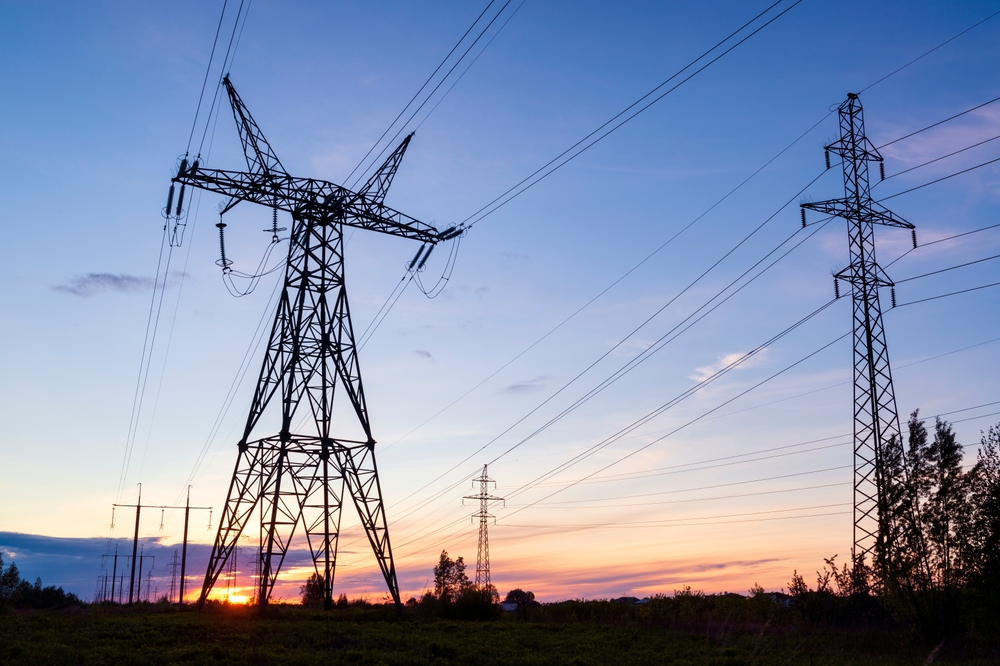Improving Severe Weather Preparedness with an Emergency Preparedness Plan
Severe weather emergencies can take many different forms and wreak havoc on a business if preparations are not made ahead of time. Developing a comprehensive emergency preparedness plan is crucial for mitigating the impact of severe weather. Understanding the location of your business and the specific types of severe weather emergencies common in your area is the first step in creating an effective emergency preparedness plan.
With this knowledge, you can prepare your business for the worst-case scenario if a storm arises. Review your emergency preparedness plan to include up-to-date information on local hospitals, shelter locations, exits, evacuation, and shelter-in-place procedures. One issue organizations face today is a high turnover rate, making it essential to ensure all employees receive training on the emergency preparedness plan and understand what to do in the event of a severe weather emergency.
Your company should also collaborate with the local fire department to ensure storm shelters are safe. Regularly updating your emergency preparedness plan and training all employees on the updated processes and procedures is vital. Aim to update your plan annually to keep it relevant and effective.
Best Practices for Hazardous Weather Conditions
Preparation is the most important factor every business should focus on when discussing severe weather emergencies. Having a robust emergency preparedness plan and an informed workforce cannot be overstated. Here are several best practices to incorporate into your emergency preparedness plan:
- Create a severe weather checklist to prepare for storm events.
- Develop a written emergency action plan.
- Designate emergency exit routes clearly.
- Ensure emergency alarm systems are checked annually.
- Identify and maintain storm shelter locations.
- Organize an emergency response team with a clear organizational chart.
- Train employees on the emergency action plan.
- Schedule routine emergency drills.
- Provide personal protective equipment (PPE) and training on its intended and proper use.
- Install a landline phone for reliable communication.
- Train outdoor employees on lightning safety.
By incorporating these best practices into your emergency preparedness plan, you can better protect your business and employees during severe weather emergencies. Regular updates and continuous training are key components in maintaining an effective emergency preparedness strategy.
Consult with the safety professionals at Amerisafe Group for further tips and guides to stay safe – on-site, on the job, and even at home.
Amerisafe Group provides services to help companies develop occupational health and safety leaders and improve performance. For more information on how Amerisafe can assist with your company’s safety needs, contact an expert today.
Blog written by Amerisafe Field Safety Advisor, Jon Monfredi.







